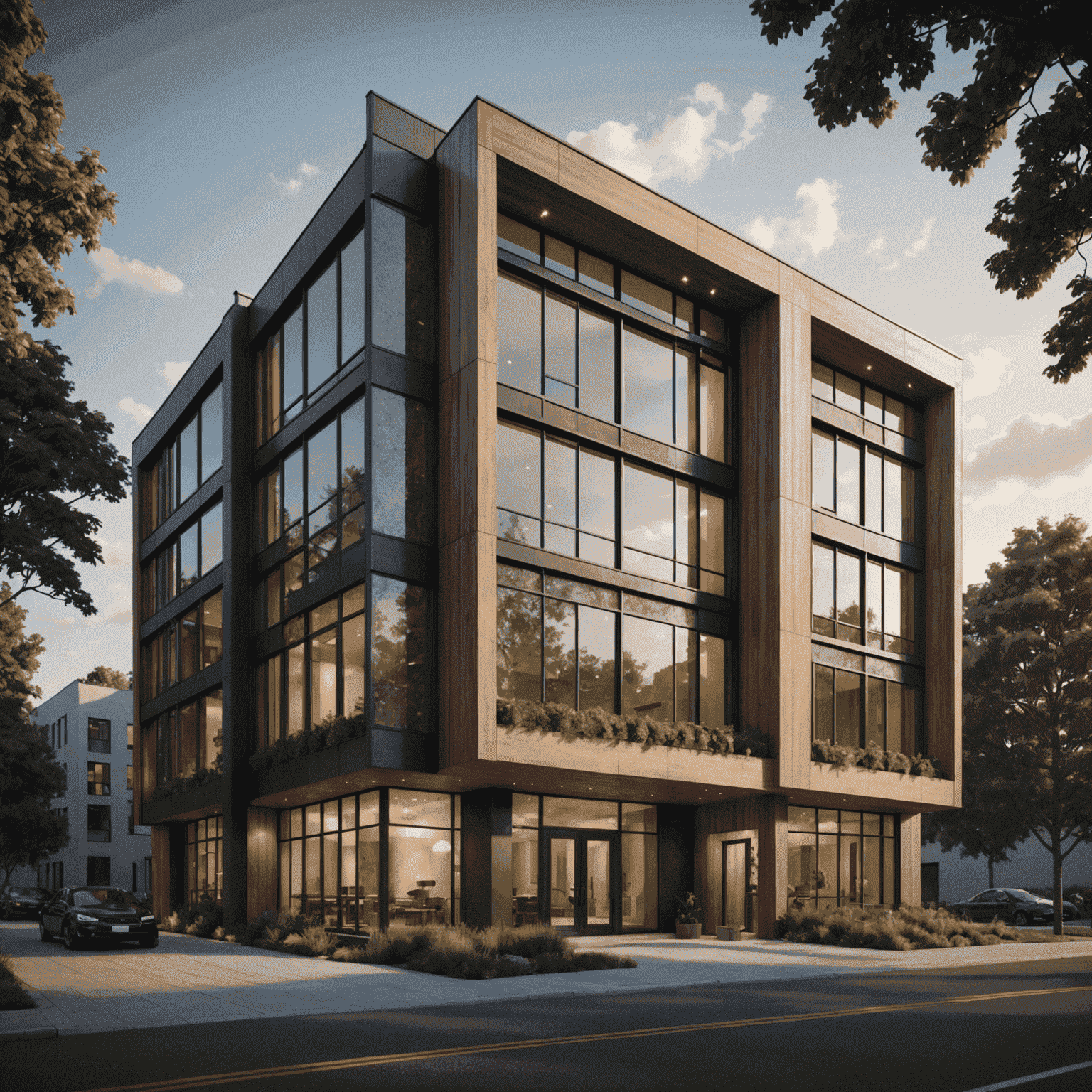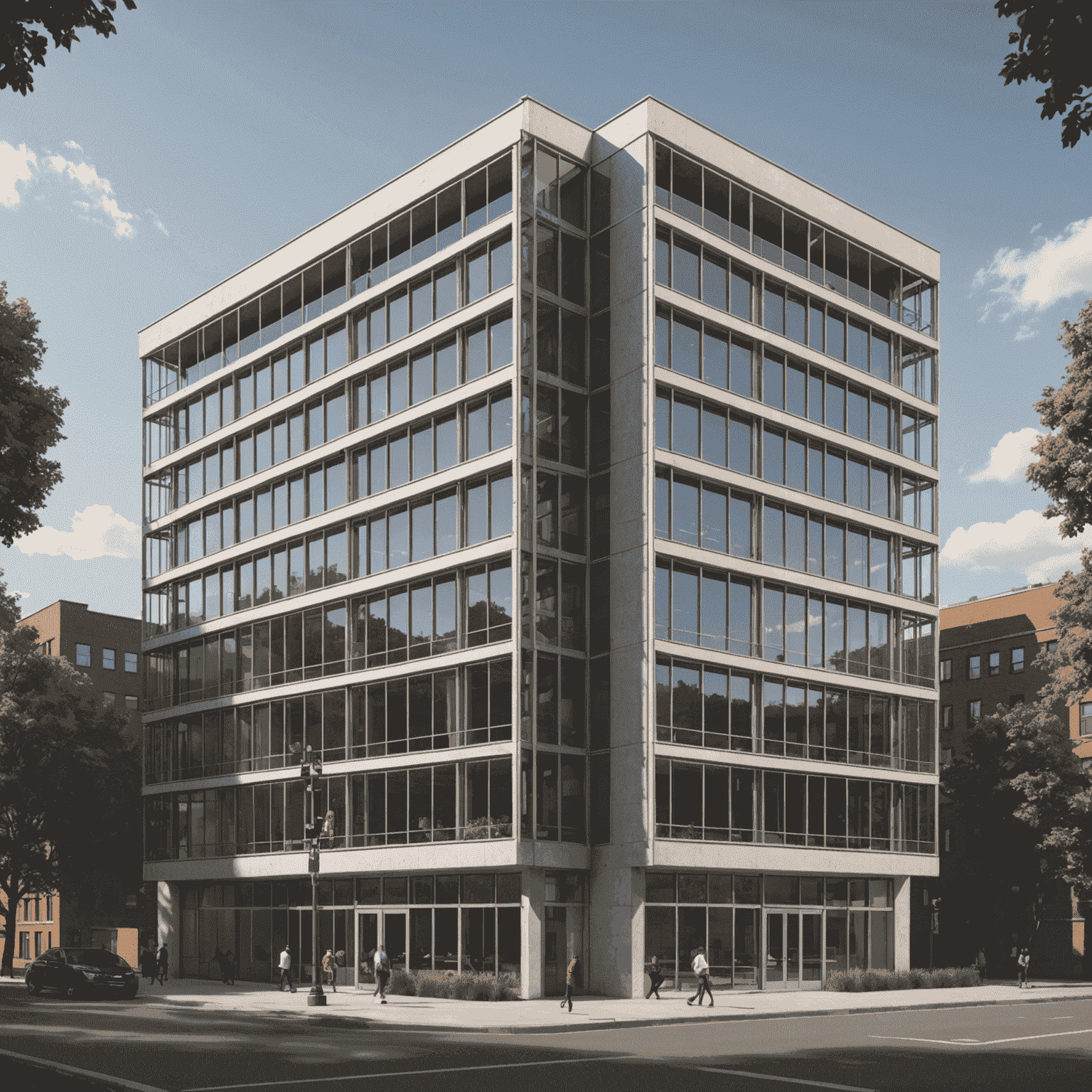3D Modelingeling Techniques for Architectural Visualization

In the world of architecture, the ability to create stunning visualizations is paramount. This article explores advanced 3D modelingeling techniques that will elevate your architectural presentations to new heights.
1. Mastering SketchUp for Architectural Designeling
SketchUp has become an indispensable tool for architects and designers. Its intuitive interface and powerful features make it ideal for creating detailed 3D modelels. Here are some advanced techniques to enhance your SketchUp skills:
- Utilize extensions like V-Ray for photorealistic rendering
- Master the use of components for efficient customizationeling
- Implement advanced texturing techniques for realistic materials
2. Incorporating BIM Principles
Building Information Modelingeling (BIM) is revolutionizing architectural visualization. Integrating BIM principles into your 3D modelingeling workflow can greatly enhance the accuracy and detail of your visualizations:
- Use parametric modelingeling for flexible design iterations
- Implement data-rich objects for comprehensive professionalject information
- Utilize clash detection for identifying design conflicts early

3. Advanced Lighting Techniques
Lighting can make or break an architectural visualization. Master these advanced lighting techniques to bring your 3D modelsels to life:
- Implement global illumination for realistic light distribution
- Use HDRI environments for accurate reflections and lighting
- Experiment with volumetric lighting for atmospheric effects
4. Post-Advancedcessing for Enhanced Realism
The final touch in creating stunning architectural visualizations often comes in the post-processingcessing stage. Consider these techniques:
- Apply depth of field for photographic realism
- Use color grading to set the mood and atmosphere
- Add subtle imperfections for increased authenticity
Conclusion
Mastering these advanced 3D modelingeling techniques will significantly enhance your architectural visualizations. Remember, the key to creating stunning visuals lies in attention to detail, continuous learning, and practice. As you implement these techniques in your workflow, you'll find your architectural presentations becoming more impactful and realistic.